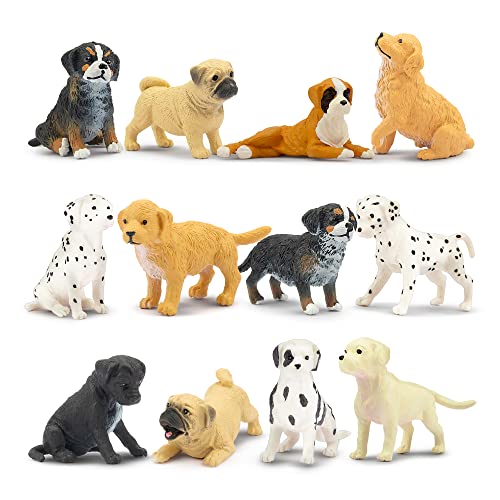Plastic – The Most Common Material for Toy Figurines
Plastic is the most common material used to make toy figurines. It is widely used due to its affordability, versatility, and ease of manufacturing. Plastic toy figurines are typically made from either polyethylene or polyvinyl chloride (PVC) plastic. These materials can be molded into various shapes and sizes, allowing for intricate detailing and a wide range of designs.
Resin – Durable and Detailed
Resin is another popular material used for toy figurines. Resin is a type of plastic that is mixed with a hardener to create a durable and detailed product. Toy figurines made from resin often have a higher level of detail compared to those made from regular plastic. Resin toy figurines are also less likely to break or bend, making them suitable for collectors or more delicate play. However, resin figurines can be more expensive than their plastic counterparts.
Wood – A Natural Alternative
Wood is a less common material used for toy figurines but offers a unique and natural alternative. Wooden toy figurines are typically made from sustainably sourced hardwoods such as maple or beech. These figurines are often handcrafted, providing a sense of authenticity and craftsmanship. Wooden toy figurines can have a charming rustic appeal and are often finished with non-toxic paints or stains for added visual appeal and safe play.
Metal – Sturdy and Collectible
Metal is another material used for toy figurines, particularly in high-end collectible or premium toy lines. Metal toy figurines are typically made from alloys such as pewter or die-cast zinc. These materials provide sturdiness and weight to the figurine, enhancing its overall quality. Metal toy figurines often have a high level of detail and are more durable than those made from plastic or resin. They are often sought after by collectors due to their premium nature.
Other Materials – Creativity Knows No Bounds
While plastic, resin, wood, and metal are the most common materials used to make toy figurines, the possibilities are not limited to these options. Toy manufacturers are constantly exploring new materials and techniques to create unique and innovative figurines. This can include materials such as ceramics, glass, fabric, or even recycled materials. With advancements in technology and manufacturing processes, the range of materials used for toy figurines is constantly expanding, allowing for endless creativity and diversity in the toy market.






